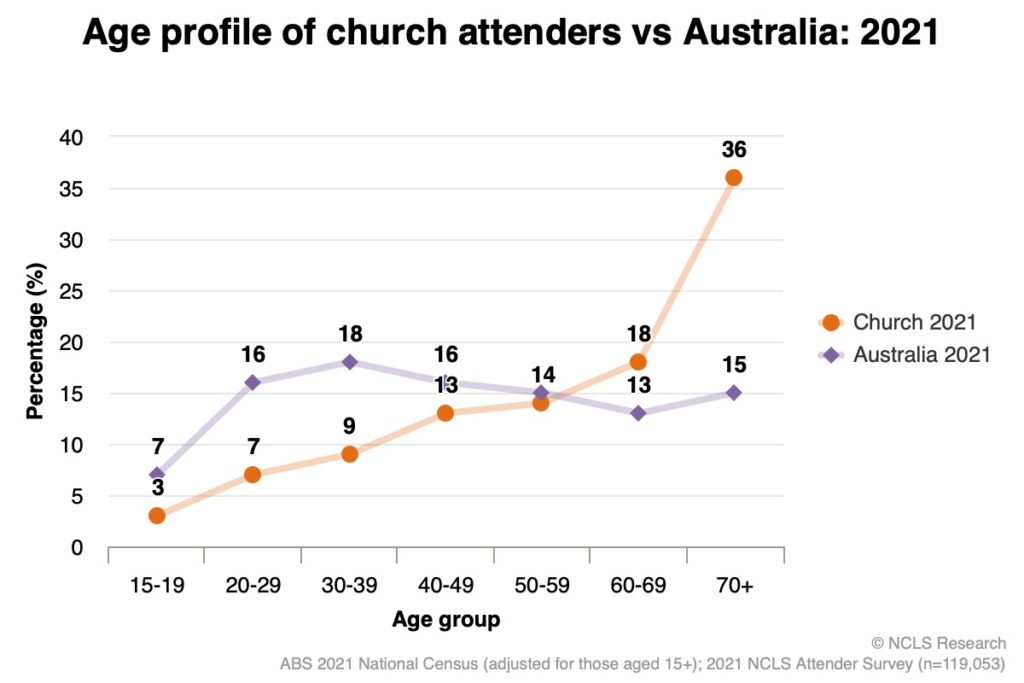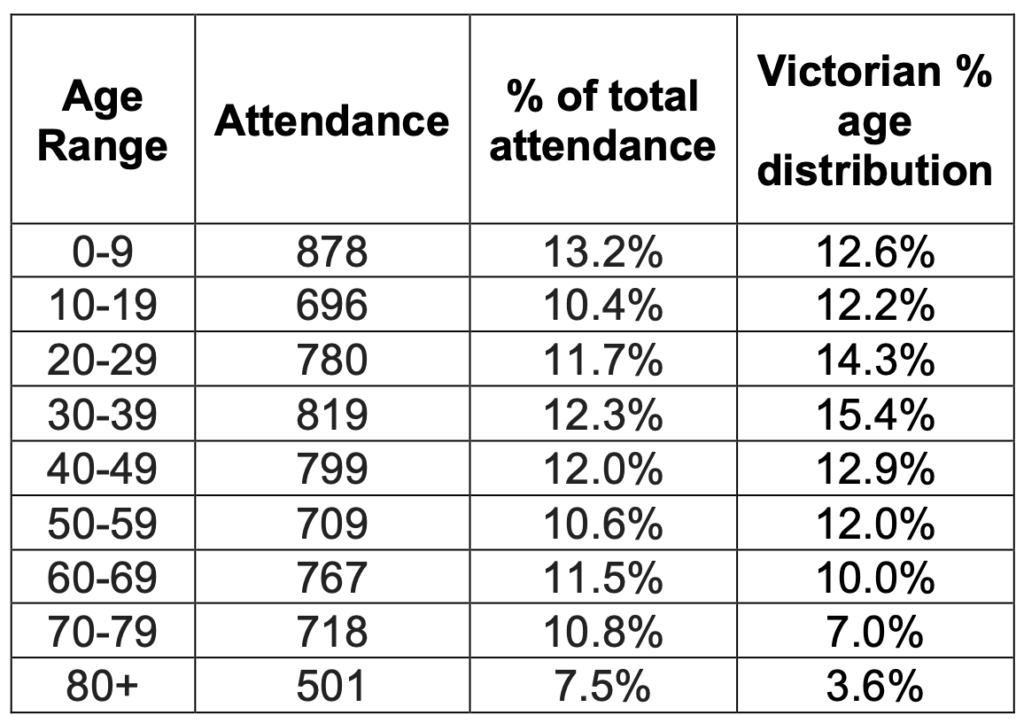When The Other Cheek reported on the initiative of the Uniting Church in NSW/ACT appointing a prominent Baptist Graham Hill, formerly of Morling College, as one of a team on mission catalysts, FB commentators focused on how well (or not) that denomination is doing around youth. However, to its credit, the UCA is relatively open about its participation figure compared to other denominations, and so it is possible to report the bigger picture.
(Graham Hill, focusing on church plants, joins other mission catalysts Karina Kreminski (formation and faith communities) and researcher Linda Barclay.)
A good source of stats is the Future Directions report published last year by the NSW/ACT Uniting Church Synod (region).
It reveals
• 75 UCA congregations have ten or more youth out of 534 congregations.in NSW and the ACT.
• 6 per cent of church attenders are “First Third adults” (between 15-30)
• 6 per cent of church attenders are involved in children’s youth ministry at their church – 2 per cent involved in youth ministry
If the NSW ACT UCA has 21,000 attendees, that means 1,260 first-third attendees. The 21,000 figure comes from another UCA report, which also reports that 13% of regular weekly Church attendees are aged 50 or under
The average size of a congregation in the NSW/ACT UCA is 40, with a median size of 23. If they were spread evenly, there would be two or three first-third attenders in each congregation.
The NSW/ACT Synod declined an interview for this story, but The Other Cheek will gladly correct any figures we have got wrong and publish additional material the Synod may wish to provide.
Some other denominations may have the same profile as the UCA. Here is a graph from the NCLS. It shows that all age groups under 60 are under-represented in church.

Some denominations do better than the population curve.
Pentecostals’ census stats reliably match their actual attendance according to the NCLS 2016 survey. This means 100 per cent of Pentecostals recorded by the census reflect the number in church. (By contrast, the Uniting Church had 10 per cent of its census adherents in church, the Anglicans 5 per cent, and the Baptists 33 per cent.)
This also means that the census population data for Pentecostals can be reliably used to determine their cohort of youth. This data has been helpfully extracted in Australia’s Religious and Non-religious Profiles: Analysis of the 2021 data published by the Christian Research Association.
In contrast to other Christian groups, the Pentecostals have higher percentages for age groups up to the 25-34 year range, and within a per cent till 45-54.
| Age group | Pentecostals | General poplulation |
| 0-14 | 22 per cent | 18 per cent |
| 15-24 | 13 per cent | 12 per cent |
| 25-34 | 13 per cent | 14 per cent |
| 35-44 | 14 per cent | 14 per cent |
| 45-45 | 13 per cent | 13 per cent |
Baptists also exceed the population profile for youth demographics. This is impressive while taking into account their lower census attendance ratio.
| Age group | Baptists | General population |
| 0-14 | 12 per cent | 18 per cent |
| 15-24 | 14 per cent | 12 per cent |
| 25-34 | 13 per cent | 14 per cent |
| 35-44 | 13 per cent | 14 per cent |
| 45-45 | 14 per cent | 13 per cent |
The Christian-not-further-defined (nfd) census group also has impressive census figures. This category consists of some smaller ethnically based churches, and newer groups – as well as those objecting to denominational labels.
| Age group | Christian nfd | General population |
| 0-14 | 15 per cent | 18 per cent |
| 15-24 | 16 per cent | 12 per cent |
| 25-34 | 15 per cent | 14 per cent |
| 35-44 | 11 per cent | 14 per cent |
| 45-45 | 14 per cent | 13 per cent |
UPDATE Impressive age spread from the Presbyterian Church of Victoria
via John Dekker source

UPDATE 2 FIEC figures from Feb 22 source 7988 Adults, 2711 Kids
update Baptist numbers 170,000 regular attenders. https://www.ag.gov.au/sites/default/files/2020-05/Australian%20Baptist%20Ministries.pdf
update SDA 65,000 adherents https://www.ag.gov.au/sites/default/files/2020-05/Seventh-day%20Adventist%20Church%20in%20Australia.pdf
Image Credit Simon Maage Unsplash/


Which means 87% of UCA church attenders are over 50. For a denomination that has compromised biblical teaching to fit in with the zeitgeist, that’s a very poor return. Based in its theology and mission approach it should be teeming with young people. Maybe the global picture is right, the more liberal the theology the close the church is to death….